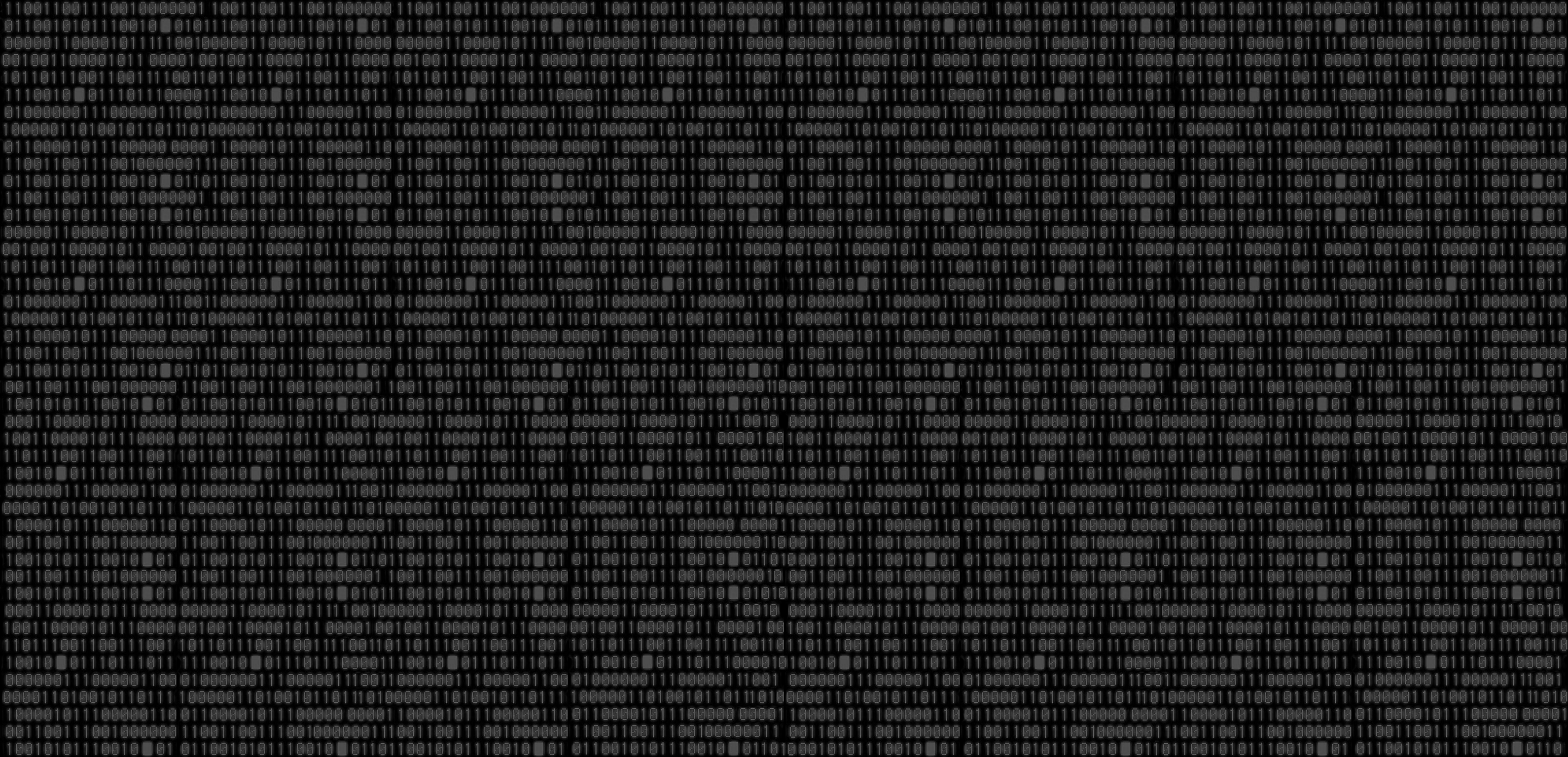
The first Top 20 Best Martial Arts Film article I wrote for Black Belt Magazine was in late 2004 and it hit the newsstands two months later. Almost 19 years and 7500+ extra films to consider, the second Top 20 of All Time choices are similarly based on a movie’s impact on the genre’s history and creative fight choreography, and this time around camera choreography.
20) One-Armed Swordsman (1967):
Starring Jimmy Wong Yu (he hated that his name was misspelled as Wang Yu), the first kung fu star who did all his own fights and stunts, One-Armed Swordsman burst onto the scene when trendy musicals and romances featuring female debutant queens ruled the silver screens. Directed by Chang Cheh, this riveting revenge thriller filled with themes of heroic bloodshed and violence, reversed the Cantonese/Mandarin starlet entrenched trends to become a pivotal transition film between wu xia and kung fu films. Wong told me that though he’s right-handed he trained himself to do everything left-handed adding, “Since the weapons were real with blunt blades and heavy, when I ran around with the sword raised, I’d sometimes lose balance and fall because my right arm was tied behind my back so the audience wouldn’t see the arm. It was tied like this for eight hours a day during the whole 40-day-shoot.” Talk about being uncomfortable. It was the first Hong Kong film to earn one US$1 million.
19) Crazy Samurai: 400 vs. 1 (2020):
The sheer outrageousness and audacity to not only think about doing a 77-minute oner fight but to pull off this mind-boggling stunt with no choreography is downright ridiculous and I still haven’t been able to reconnect with my lower jaw after it dropped to the ground. To make matters crazier Tak Sakaguchi, who played samurai legend Miyamoto Musashi, hence the original title Crazy Samurai Musashi, five mintues into the fight broke a finger and two ribs, yet didn’t blink an eye, untill some of the attackers’ sword strikes almost got them. How was the fight done? Partially, there’s standard combos taught to actors and stuntmen during their Tate Japanese Theatrical Combat skill training that are initiated with subtle cues between Tak and the next band of fighters throughout the whole film. The fun of the film is weeding out the how and when he did certain things. Considering it was shot in 2011, completed in 2013, the camera choregraphy is exquisitely elegant and the film as a whole was ingenious.
18) The Shaolin Temple (1980):
The importance of this film parallels the value of its debut star. Jet Li was born a descendant of a creed bent on the subterfuge of intellectuals and philosophers, a government that outlawed martial arts and zealously destroyed Shaolin lore and executed Shaolin monks who refused to enter re‑education camps. Yet Li crushed these archaic walls of scourge to become Communist China’s first actor to conquer Hollywood’s shores. He derisively accomplished this feat by excelling in the cultural contraband of martial arts, philosophy, and cinema. Shaolin Temple was China’s first live-action kung fu film since the 1949 Communist takeover. The movie inspired the masses to visit the real temple’s remains, forcing the paranoid government to warn the public that it was unnecessary for people in China to learn self-defense. The movie introduced wushu to kung fu film fans worldwide. As fights using wushu students in costume doing wushu style drills quickly got old, Li moved beyond this choreography method and adapted to the new fight style introduced during the Fant-Asia film era.
17) Drunken Master (1978):
Due to its unique rhythmic bobbing style of fight choreography and the way Jackie Chan portrayed Chinese legend Huang Fei-Hung as a cheeky, lovable upstart teen whose kung fu skills inadvertently landed him in trouble, Drunken Master was a milestone film in the kung fu film genre and is still considered one of Chan’s best. When Golden Harvest realized Chan couldn’t, wouldn’t and shouldn’t be the next Bruce Lee, they teamed him up with director Yuen Wo-ping to create the first film showing drunken martial arts, which was taught to Chan by Wo-ping’s father Yuen Xiao-tian, who played Chan’s beggar sifu in the film. The film’s key and most impressive scene is when Chan beautifully demonstrates the spirit and distinct skills of the eight drunken immortals, mythological gods or fairies who can transfer Huang’s power into a tool used to give life or destroy evil. Kung fu comedy was secured.
16) Zu: Warriors from the Magic Mountain (1983):
Western-trained, new-wave filmmaker Tsui Hark with Zu: Warriors from the Magic Mountain ushered in a fifth martial arts genre that was not officially named until the genre had almost run its course. Coined by yours truly, Fant-Asiacombined elements of sex, fantasy, sci-fi and horror with high-flying gravity-defying wirework, far-out sight gags and over-the-top martial arts choreography. The film’s action director Ching Siu-tung (the father of wire-fu) dared to shoot the fight scenes at 18 frames per second (fps) as spinning heroes zipped, flipped, and flew at the speed of light amid explosions and magical weapons. The film is the true embodiment where the line between real and the supernatural is poetically blurred where even a simple red sheet suspended by wires and flapping in place shot at 18 fps looks more ominous than Count Dracula’s cloak wafting in the wind during any Dracula film.
15) Police Story (1985):
As kung fu and guo shu films were losing their luster, mostly due to Hong Kong’s industry-destroying copy-cat mentality where martial fight action was becoming too repetitive, Jackie Chan wanted to create something new. At the turn of the decade, he avoided doing period piece films as his characters moved away from traditional kung fu to becoming extreme athletes as seen in Dragon Lord (1982). With Project A (1983) and more officially with Police Story (1985), he created the wu da pian (fights films using martial arts) genre that combined athleticism, martial arts influenced fights and dangerously outrageous stunts wrapped in more contemporary themes and settings. The fights incorporated more Western-style boxing with karate like kicks. Chan veritably gave the martial arts film industry a facelift featuring fast paced choreography, action and some of the most dangerous and amazing stunts and action sequences ever put on film. No wires, no doubles, and no holding back, it’s the film that put Jackie on the path to becoming the world’s greatest stuntmen.
14) The Raid: Redemption (2011):
This film monitors a band of cops bringing violent anarchy to a drug kingpin’s 15-story home-based apartment complex. While Rama (Iko Uwais) searches for his brother, he’s forced to elevate his swashbuckling Indonesian pencak silat into pummeling pill pushing pirates into putrefied pulp. If that sounds gross, the crazy thing is, that’s exactly what he does as more blood spurts than at a vampire convention. Shot mostly in black and gray, director Gareth Evans’ palate oozes grunge as each fight shows the darkness of the situation and the combative viciousness with blood, sweat and fears. With simple camera work, we see everything that comes around, goes around and the fights are connected logically and disconnected when necessary to reveal new levels of helplessness for the combative duel losers.
13) Ip Man (2008):
Not since Chan’s Drunken Master 2 had there been such a rip-roaring old-school kung fu film made until Ip Man. This film arrived on the heels of those high-budgeted, high production value Chinese/American wu xia style martial arts films like Crouching Tiger Hidden Dragon (1999), which were shot in China that featured fancy wirework and spinning swords fights. Ip Man proved that traditional kung fu fight choreography reminiscent of the 1970s was not out of vogue. The kung fu is as real as the legitimate martial arts stars that performed the fights. Though star Donnie Yen is a product of the flashy stylism of the Fant-Asia films, where he kicked quicker than his idol Bruce Lee (via slower frame rates), as the titular character Ip Man, he never loses his wing chun combative simplicity and Yen’s demeanor perfectly matches the real Ip, who fought with artful virtue without malice and even when push came to shove, like when he’s defending the honor of the Chinese against the Japanese, he humiliates his foes while still maintaining his martial convictions.
12) Ong Bak (2003):
Just when one thought that good martial arts films could only be made in China, Japan, USA and South Korea, the small film industry from Thailand received instant global attention with Ong Bak. Tony Jaa’s breakout film about Thai warrior Ting (Jaa) who travels to Bangkok in search for the decapitated head of the village’s guardian Buddha statue, finds Ting going more berserk than an angry cat in a small room full of 100 old folks in rocking chair squishing its tail as he introduces a new dangerous kind of fight choreography that combined Jackie Chan’s wu da action with a highly stylized version of Muay Boran (violent progenitor of Muay Thai). The highlights of the film aren’t just about Jaa mimicking an elephant during training and his bouts with the seething, meth-induced fits of pugilistic mayhem by the film’s rabidly epileptic adversary, yet also his outrageous stunts like his deadly knee-drop strikes, elbows of fury, attack of the SUV and far-out fire kicks. Jaa reminded us of why we liked Chan’s films from the mid-1980s on. Jaa’s vision of showcasing his country’s martial arts inspired other S.E. Asian countries’ small film industries like Vietnam, Indonesia, and Malaysia to follow suit.
11) Legendary Weapons of China (1982):
The best pure martial arts director of all time, Liu Chia‑liang stars and directs himself as Lei Gong, a Chinese boxer who quits an evil sect of kung fu madmen who believe Western guns can’t kill them. When the film was made, Chia-liang was head of Hong Kong’s Hong Men (see Shaolin Studios 3 for Hong Men’s origin), and thus his kung fu is as authentic as it gets, his choreographed fight used old style skills and when he’s in the fight, he uses no gymnastics or fancy Chinese opera moves, and rarely kicks above the waist. The final 10‑minute fight between the 50-year-old Chia-liang and brother Liu Chia‑rong featured the most outstanding and authentic Chinese martial arts weapons choreography in the history of film. Each of the 18 legendary weapons of Chinese kung fu are clearly demonstrated during one continuous fight scene that you wish would never end. Keep in mind that for this film, the weapons were real, heavy, likely dull bladed and wielded at real battlefield speed. If either Liu messed up the choreography during the fight, it would have been a life-threatening mistake.
Kung fu movies, Martial arts movies, Entertainment
Black Belt Magazine
[crypto-donation-box]







